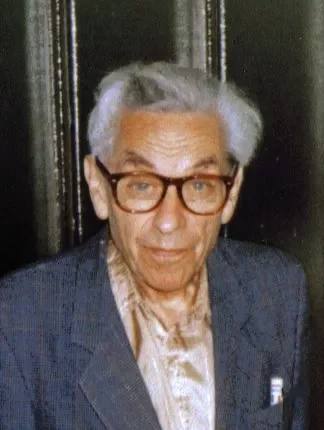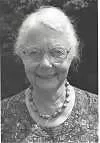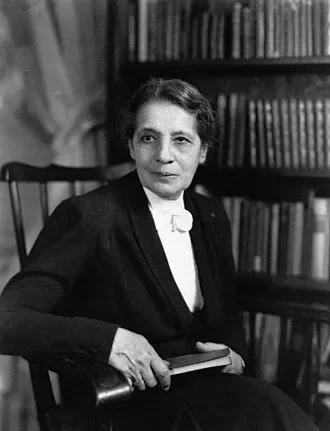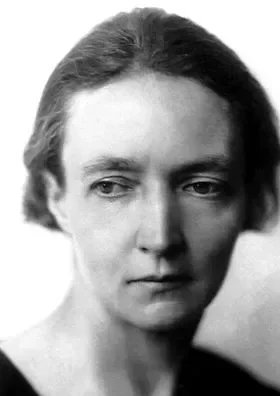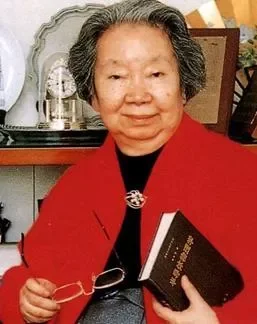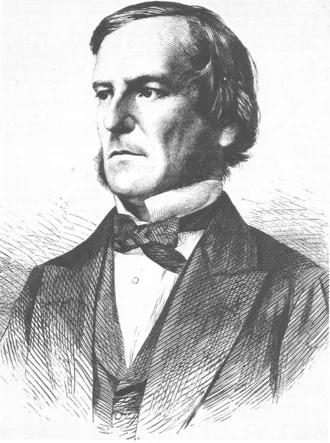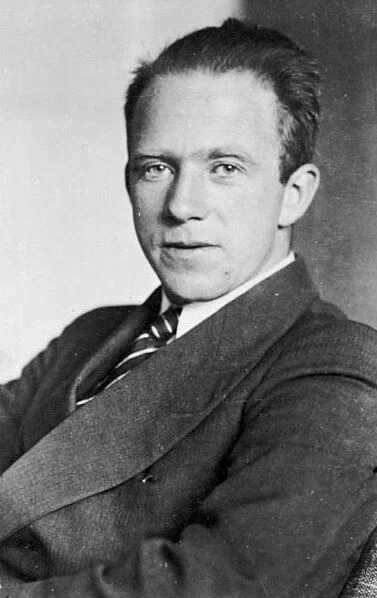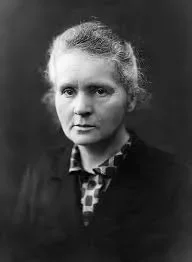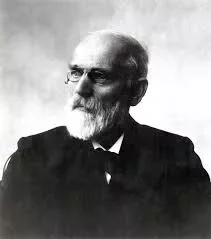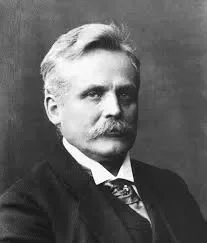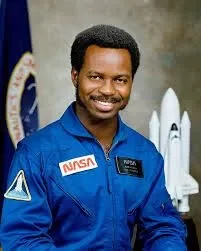Real Celebrities Never Die!
OR
Search For Past Celebrities Whose Birthday You Share
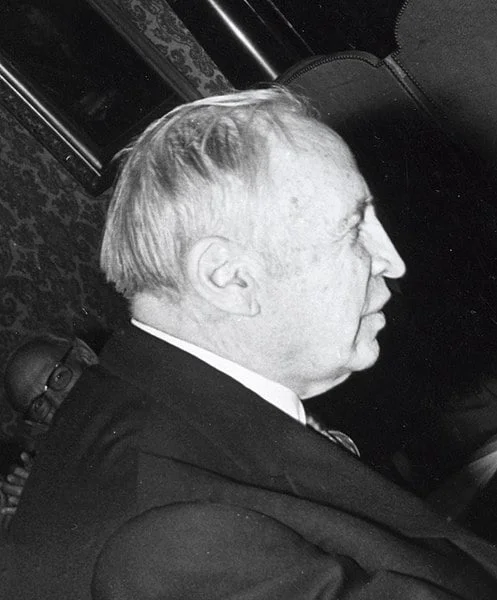
source:wikipedia.org/
John Hasbrouck Van Vleck
Birthday:
13 Mar, 1899
Date of Death:
27 Oct, 1980
Cause of death:
Not specified
Nationality:
American
Famous As:
Physicist
Age at the time of death:
81
Early Life and Education
John Hasbrouck Van Vleck was a distinguished American physicist born on March 13, 1899, in Middletown, Connecticut. Van Vleck grew up in an intellectually stimulating environment, as his father was an influential mathematician and his mother a women’s rights activist. This upbringing likely played a crucial role in shaping his interest in the sciences. In 1918, he enrolled at Harvard University, where he pursued a degree in mathematics and physics.
Academic Journey and Early Research
After completing his undergraduate studies, John Hasbrouck Van Vleck continued his academic journey at Harvard, earning his Ph.D. in 1922 under the supervision of Percy Bridgman. His early research focused on the emerging field of quantum mechanics, and he quickly gained recognition for his exceptional mathematical skills. Van Vleck’s doctoral thesis laid the groundwork for his future contributions to the understanding of magnetic and electrical properties of matter.
Research on Quantum Theory of Magnetism
Van Vleck’s career took a notable turn when he joined the University of Minnesota as an assistant professor in 1923. During this period, he made significant strides in his research on the quantum theory of magnetism. His work elucidated the behavior of magnetic materials at the atomic and molecular levels, earning him widespread acclaim.
Return to Harvard and Angular Momentum Coupling
In 1928, Van Vleck returned to Harvard as a professor, solidifying his reputation as a leading figure in theoretical physics. His research continued to explore the intricacies of magnetism, and he developed the concept of “angular momentum coupling,” a fundamental aspect of quantum mechanics. This work became instrumental in explaining the behavior of atoms and molecules in magnetic fields.
Groundbreaking Contributions to Quantum Mechanics
One of Van Vleck’s most celebrated achievements was his groundbreaking contributions to quantum mechanics. His theories provided a comprehensive understanding of how magnetic properties arise at the atomic level. This work significantly advanced the field and laid the foundation for further research in condensed matter physics.
Impact on Modern Physics
Van Vleck’s expertise in quantum mechanics and his ability to apply complex mathematical concepts to real-world phenomena set him apart in the scientific community. His contributions to understanding the behavior of electrons in magnetic fields were pivotal in the development of modern solid-state physics.
Legacy in Teaching and Mentoring
Beyond his professional accomplishments, John Hasbrouck Van Vleck was known for his amiable and approachable personality. Colleagues and students alike admired him for his dedication to teaching and mentoring. Despite the demands of his research, he actively engaged with the academic community, fostering an environment of collaboration and intellectual exchange.
John Hasbrouck Van Vleck's Quote's
Honors and Nobel Prize
Throughout his career, Van Vleck received numerous honors and accolades. In 1937, he was elected to the National Academy of Sciences, and he later served as its president from 1962 to 1966. His exceptional contributions earned him the prestigious Nobel Prize in Physics in 1977, shared with Philip W. Anderson and Sir Nevill F. Mott, for their fundamental work on the electronic structure of magnetic and disordered systems.
Enduring Legacy
He passed away on October 27, 1980, leaving behind a legacy of groundbreaking contributions to the field of theoretical physics. John Hasbrouck Van Vleck’s life and work have left an indelible mark on the landscape of theoretical physics. His dedication to unraveling the mysteries of quantum mechanics and his influential contributions to understanding magnetic properties have inspired generations of physicists. Beyond his scientific achievements, Van Vleck’s commitment to education and collaboration shaped the scientific community and ensured the enduring relevance of his legacy.
Name:
John Hasbrouck Van Vleck
Popular Name:
John Hasbrouck Van Vleck
Gender:
Male
Cause of Death:
Not specified
Spouse:
Place of Birth:
Middletown, Connecticut, USA
Place of Death:
Cambridge, Massachusetts, US
Occupation / Profession:
Personality Type
Logician: Innovative inventors with an unquenchable thirst for knowledge. He thirst for knowledge was behind his contributions to theoretical physics.
Van Vleck's father, Edward Burr Van Vleck, was a mathematician, and his mother, Mabel Hasbrouck, was an activist involved in women's rights.
During World War II, Van Vleck contributed to the war effort by working on radar technology at the Massachusetts Institute of Technology's Radiation Laboratory. His expertise in electromagnetism proved valuable in advancing radar research.
Van Vleck's dedication to education extended beyond his research. He mentored numerous students throughout his career, leaving a lasting impact on the next generation of physicists.
Lorentz Medal (1958)
National Medal of Science (1966)
Nobel Prize in Physics (1977)
